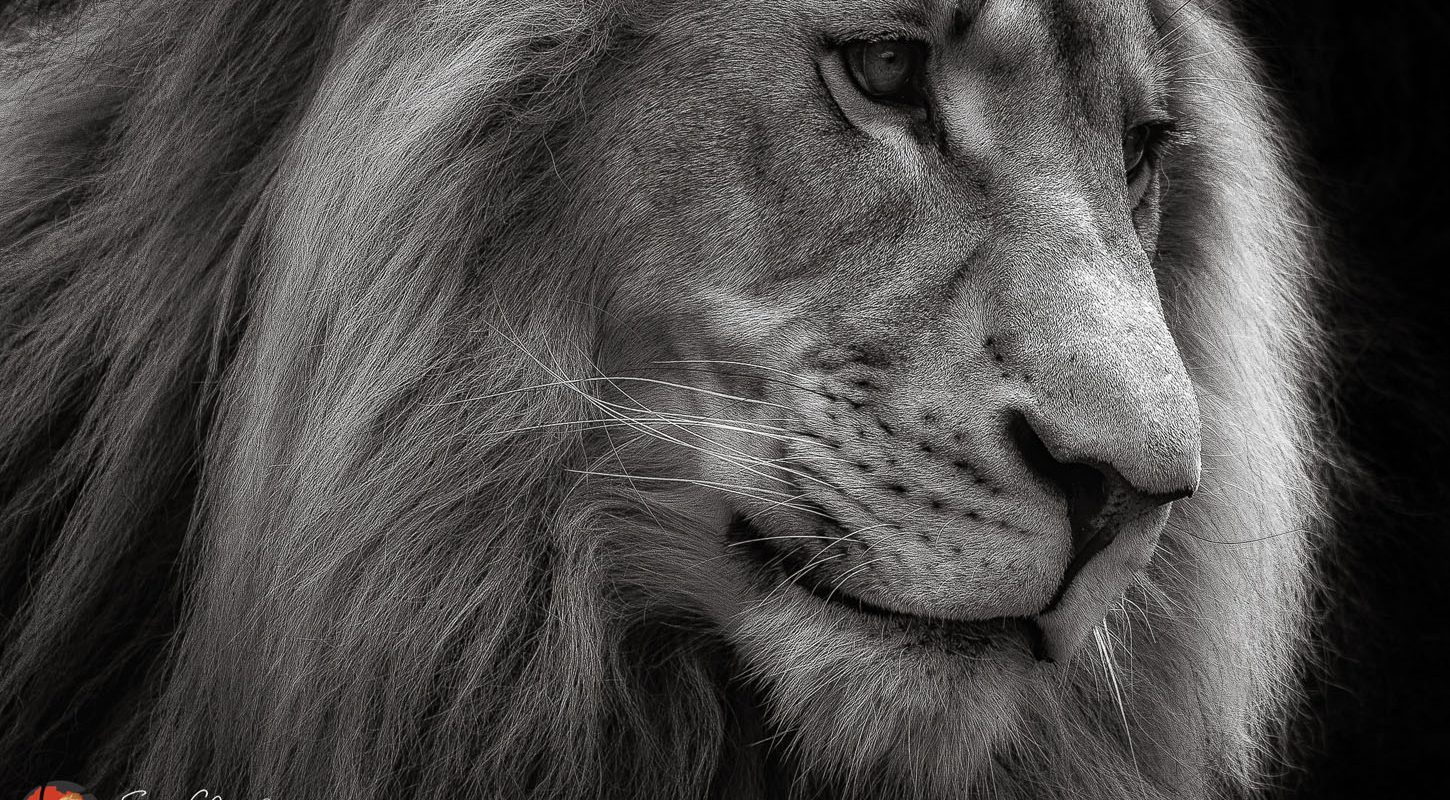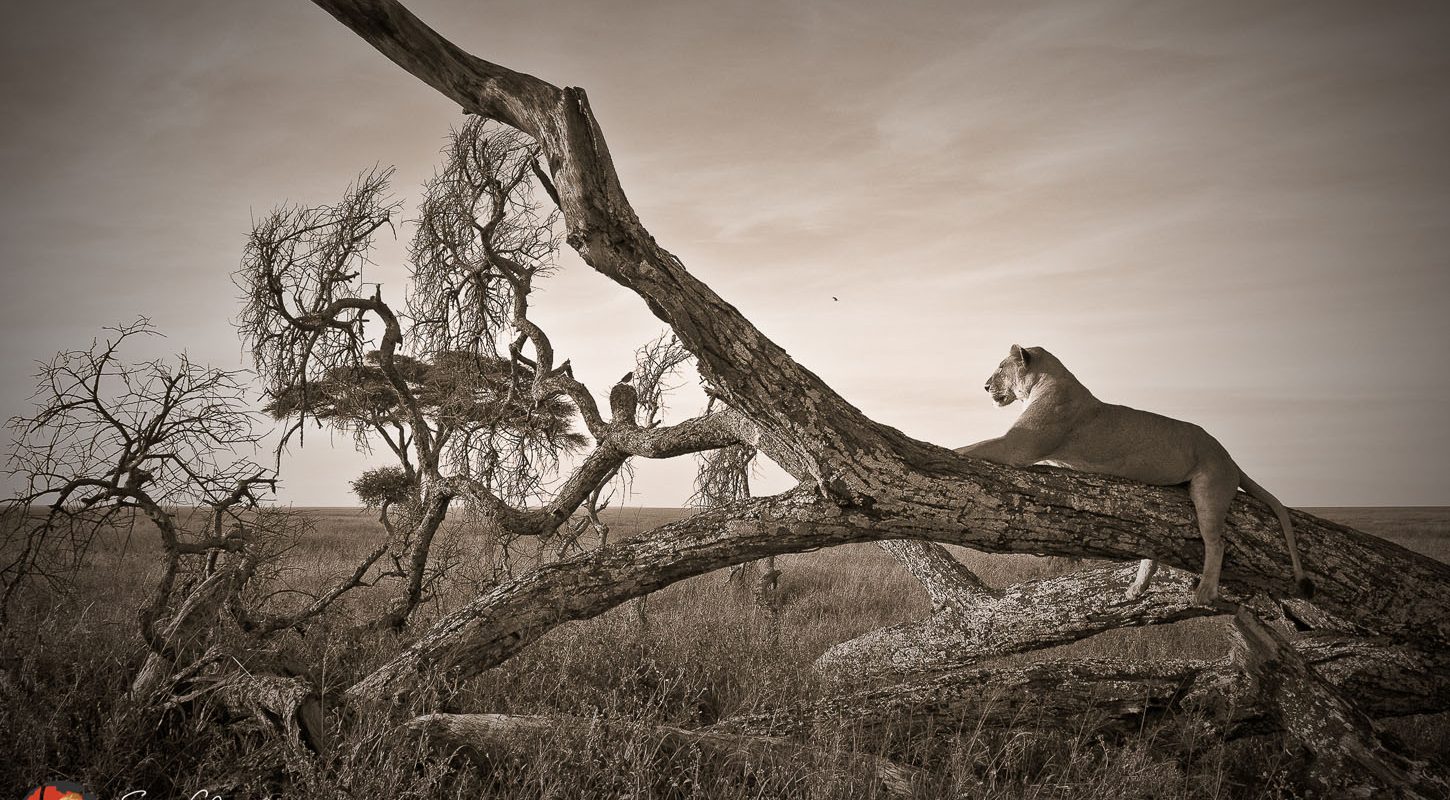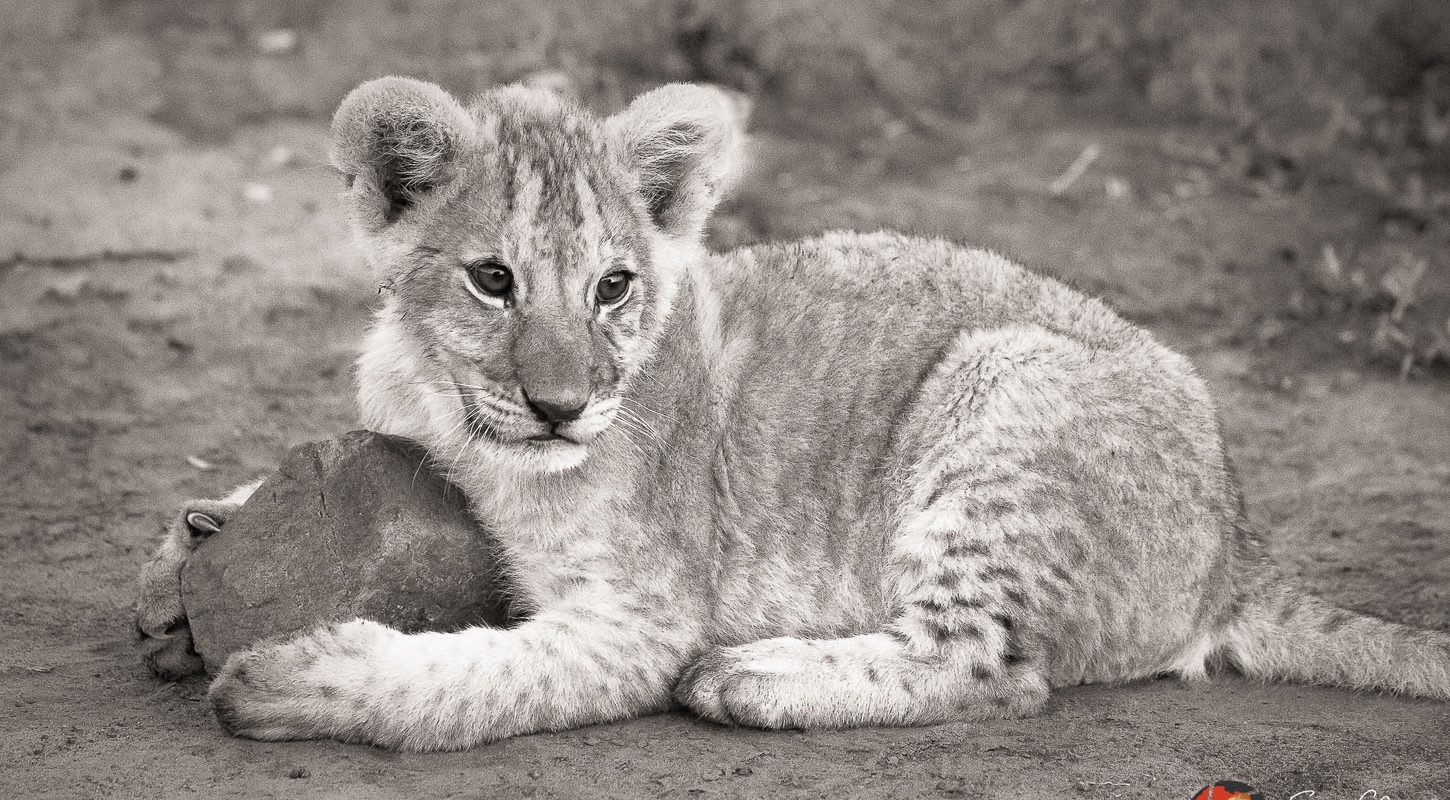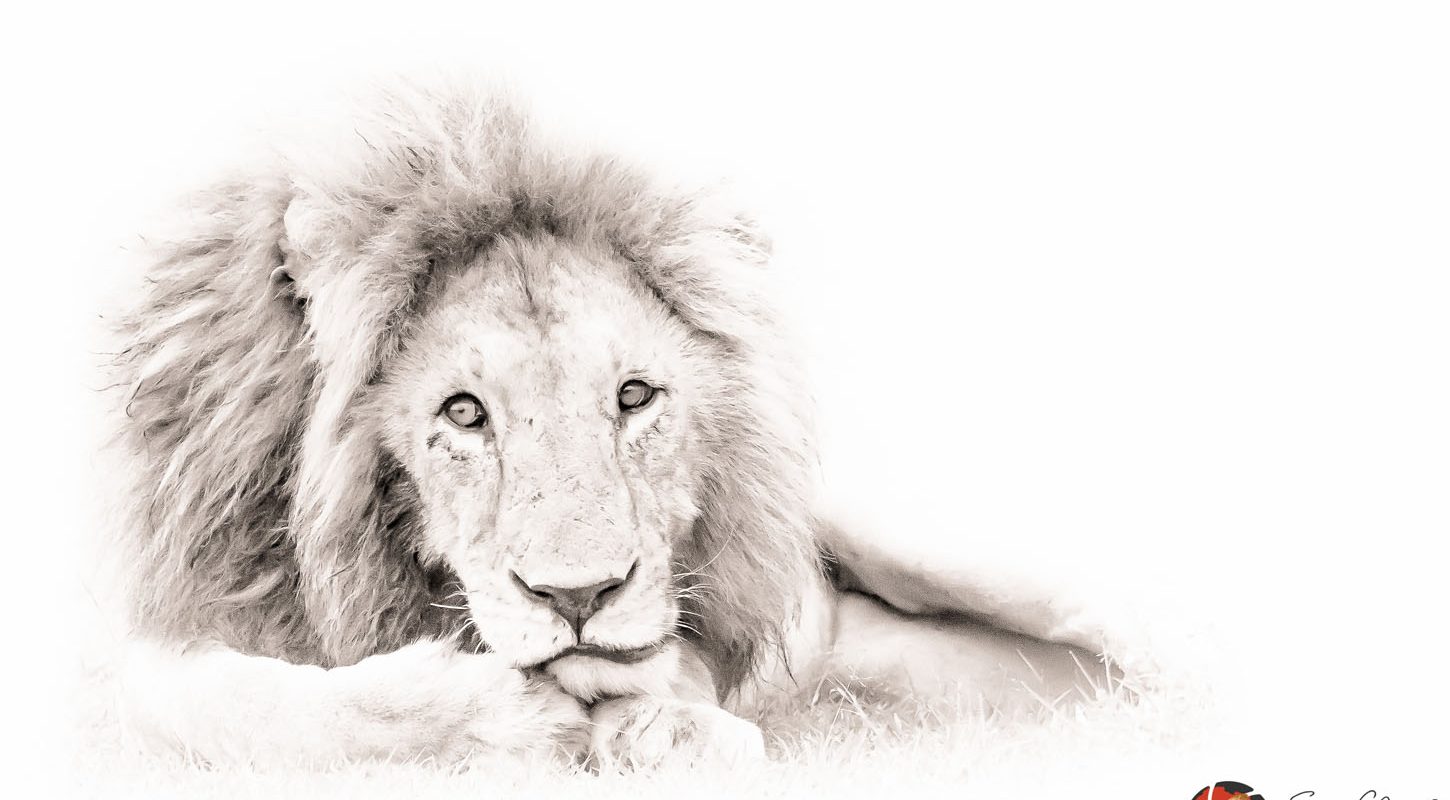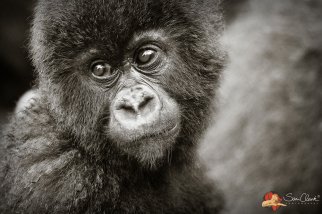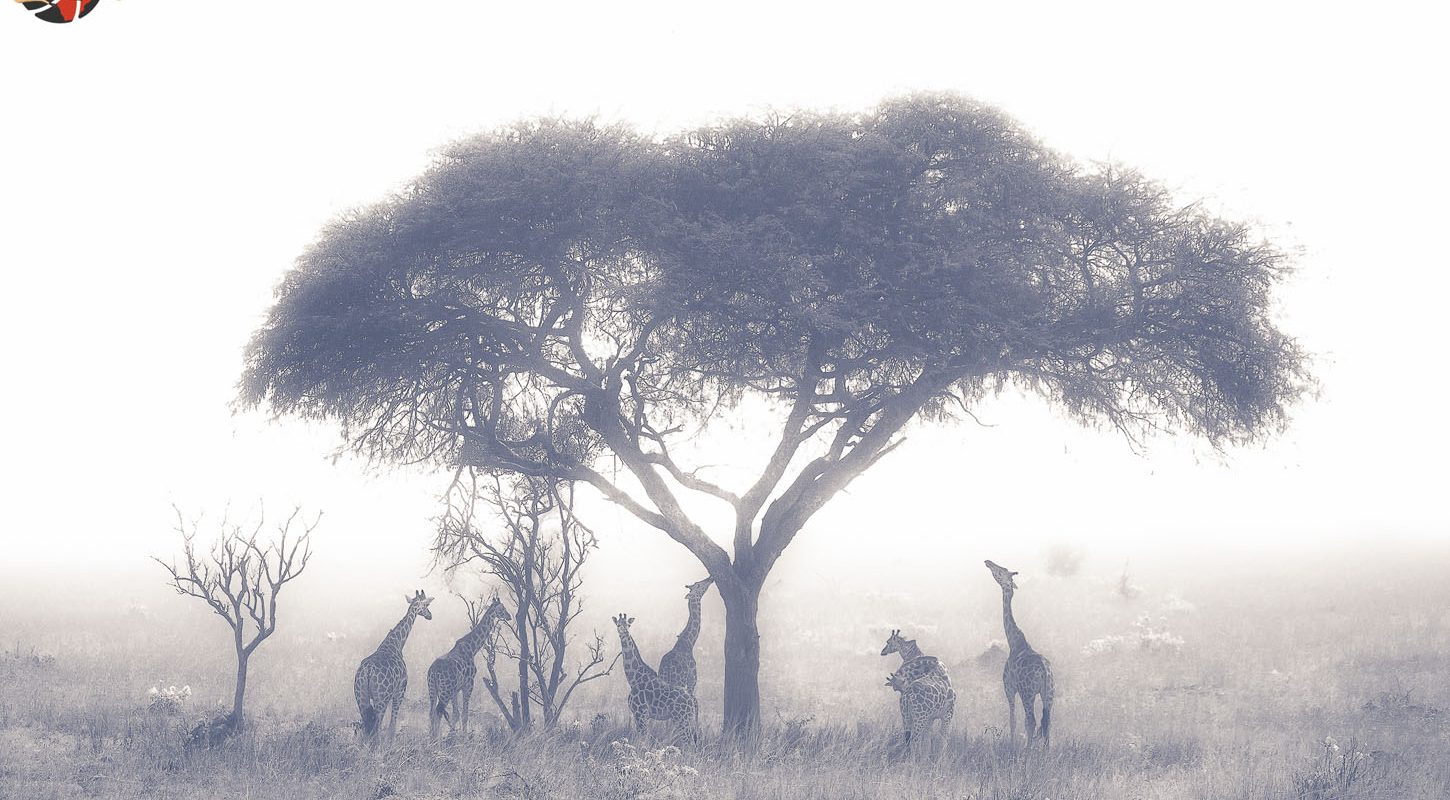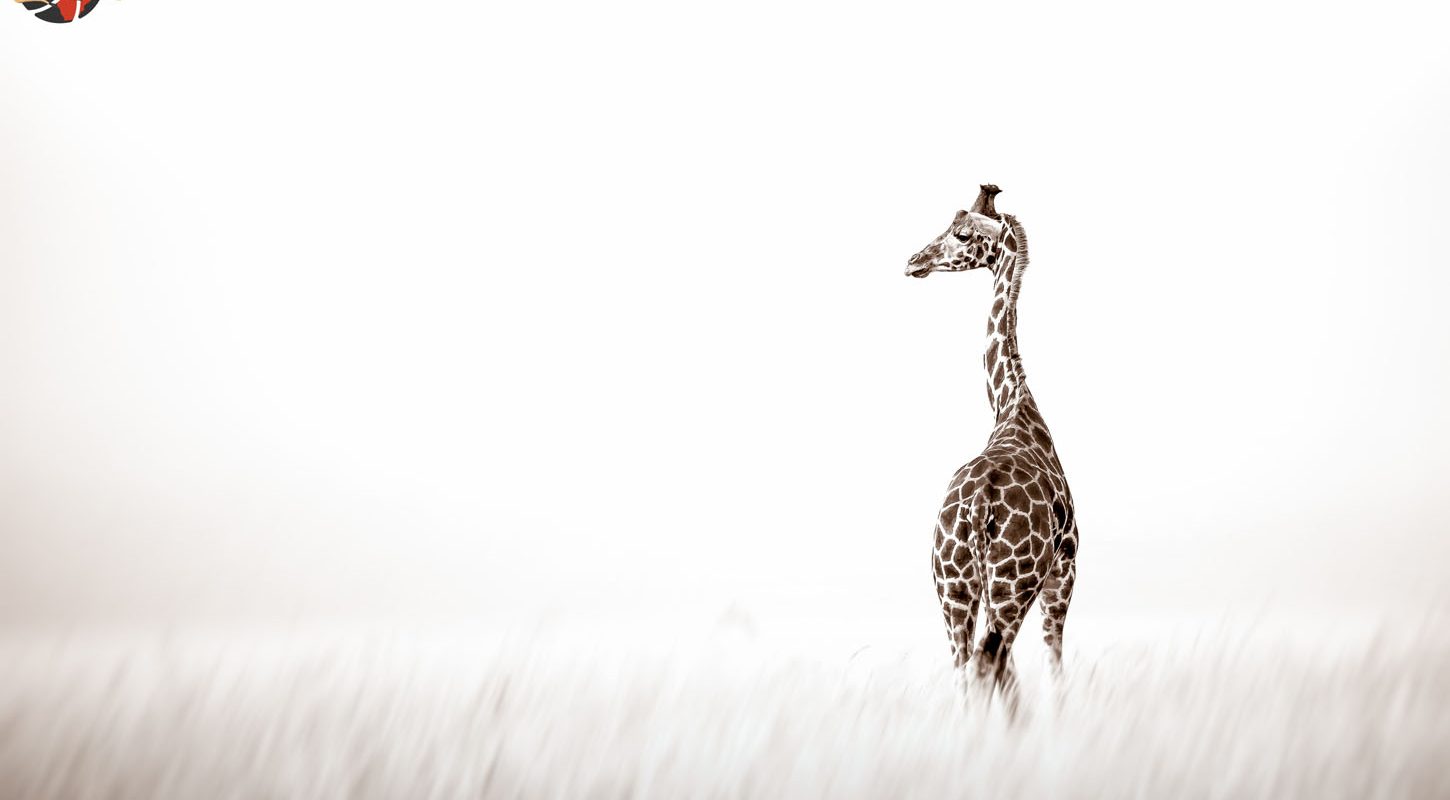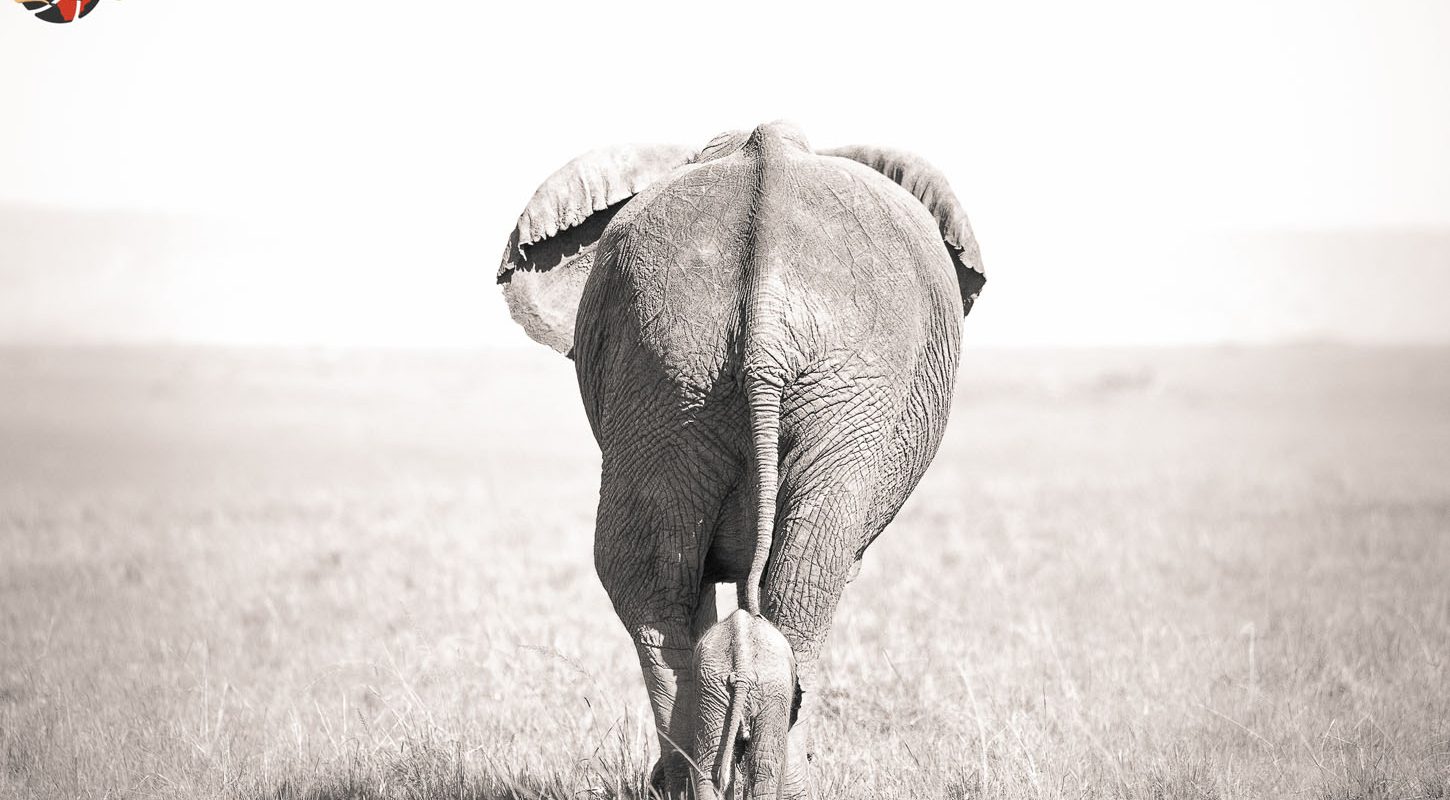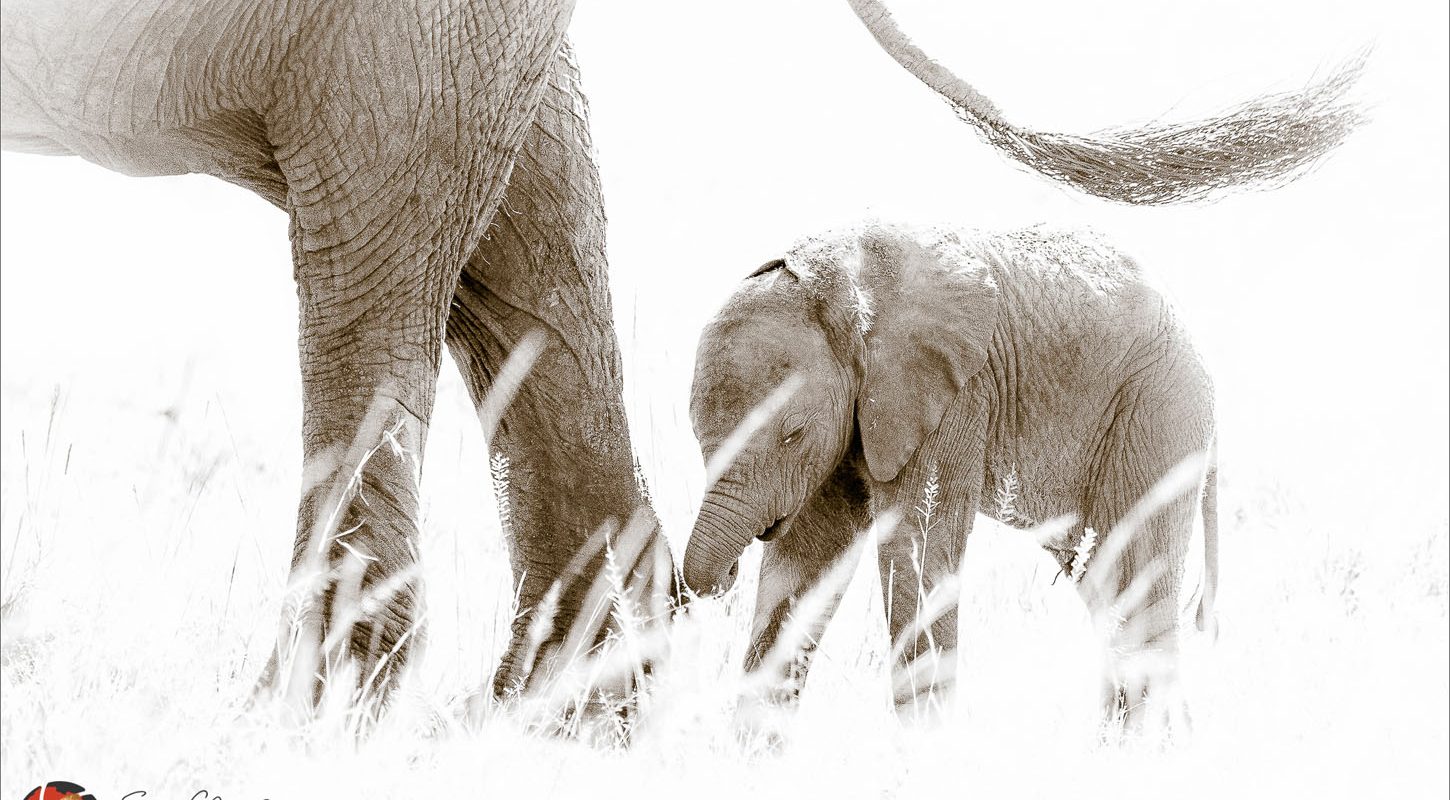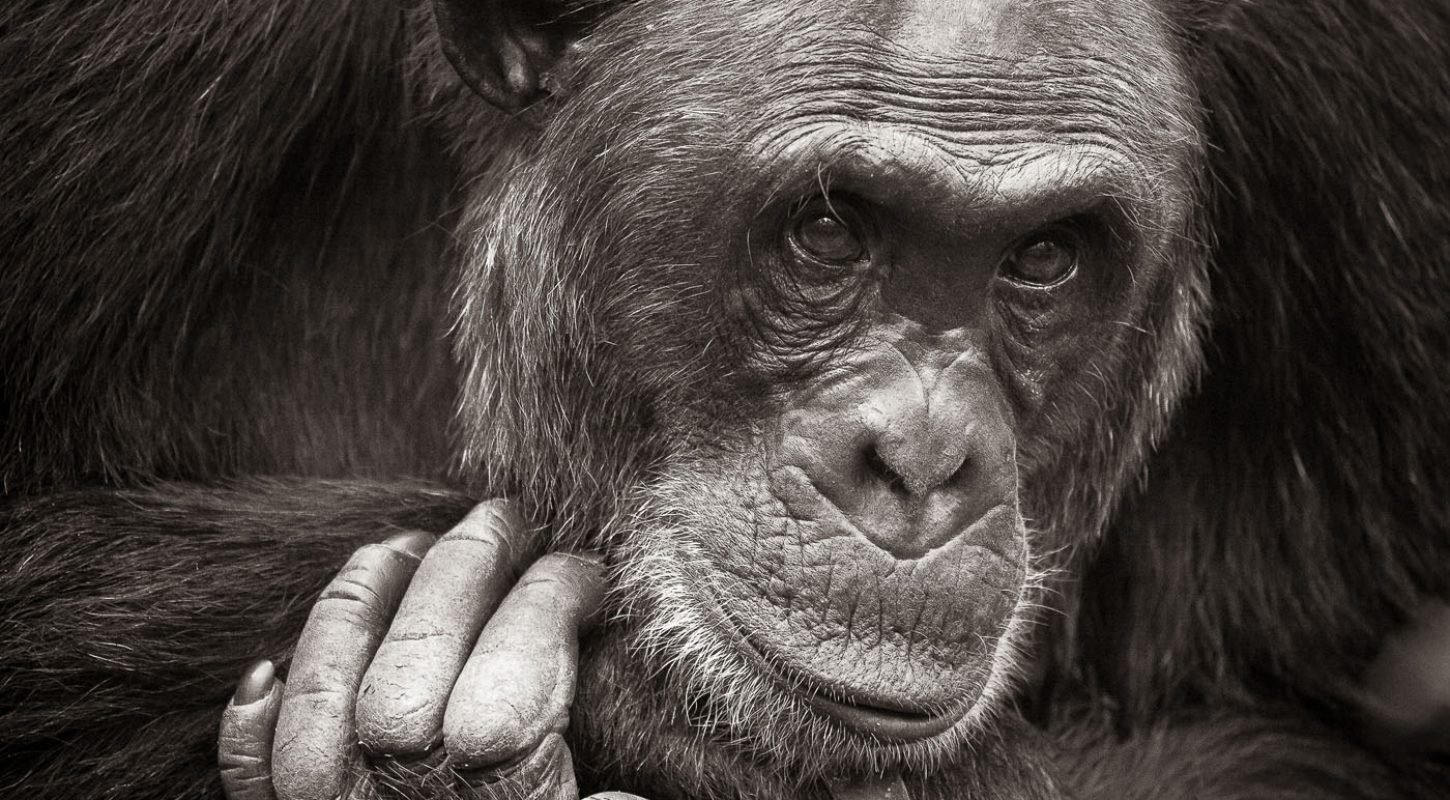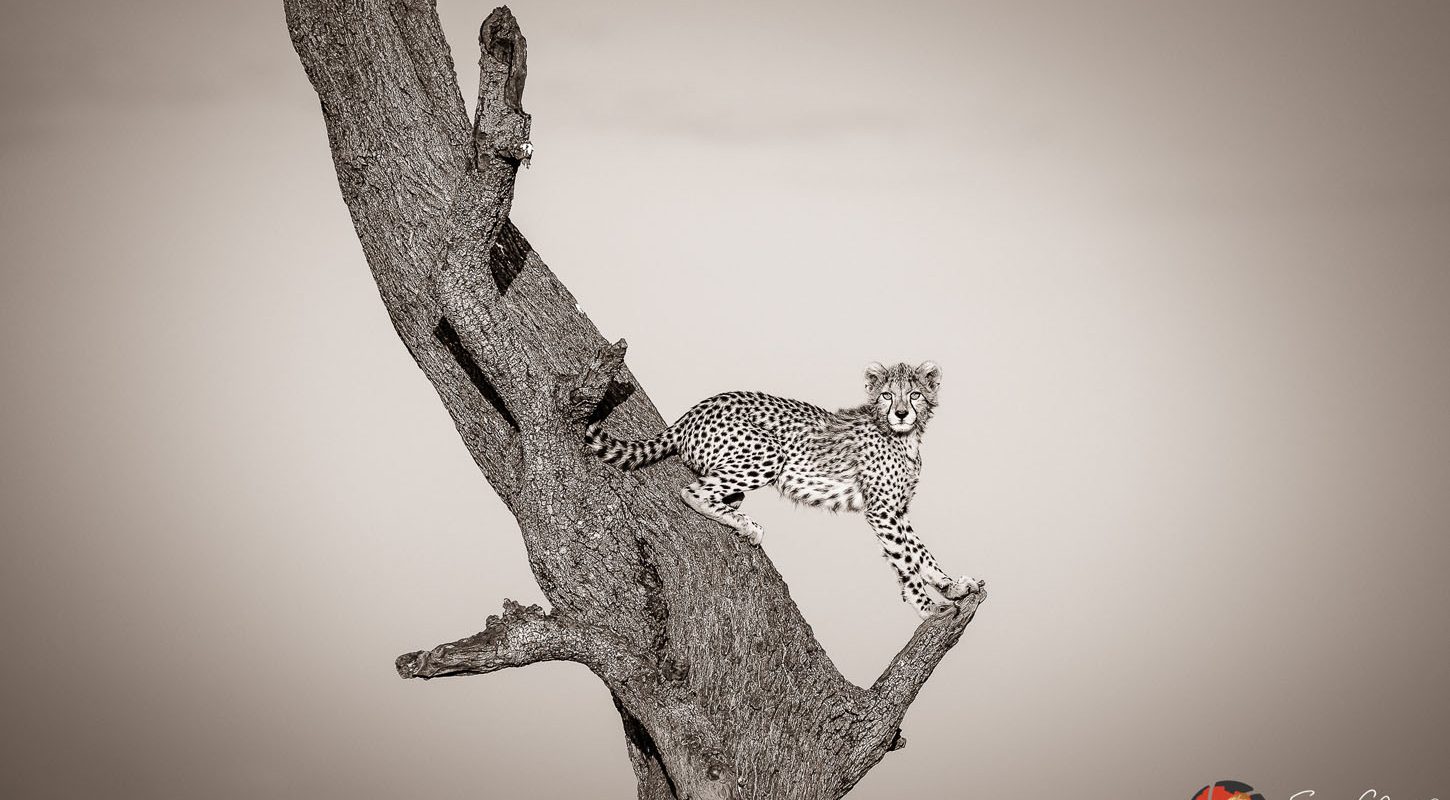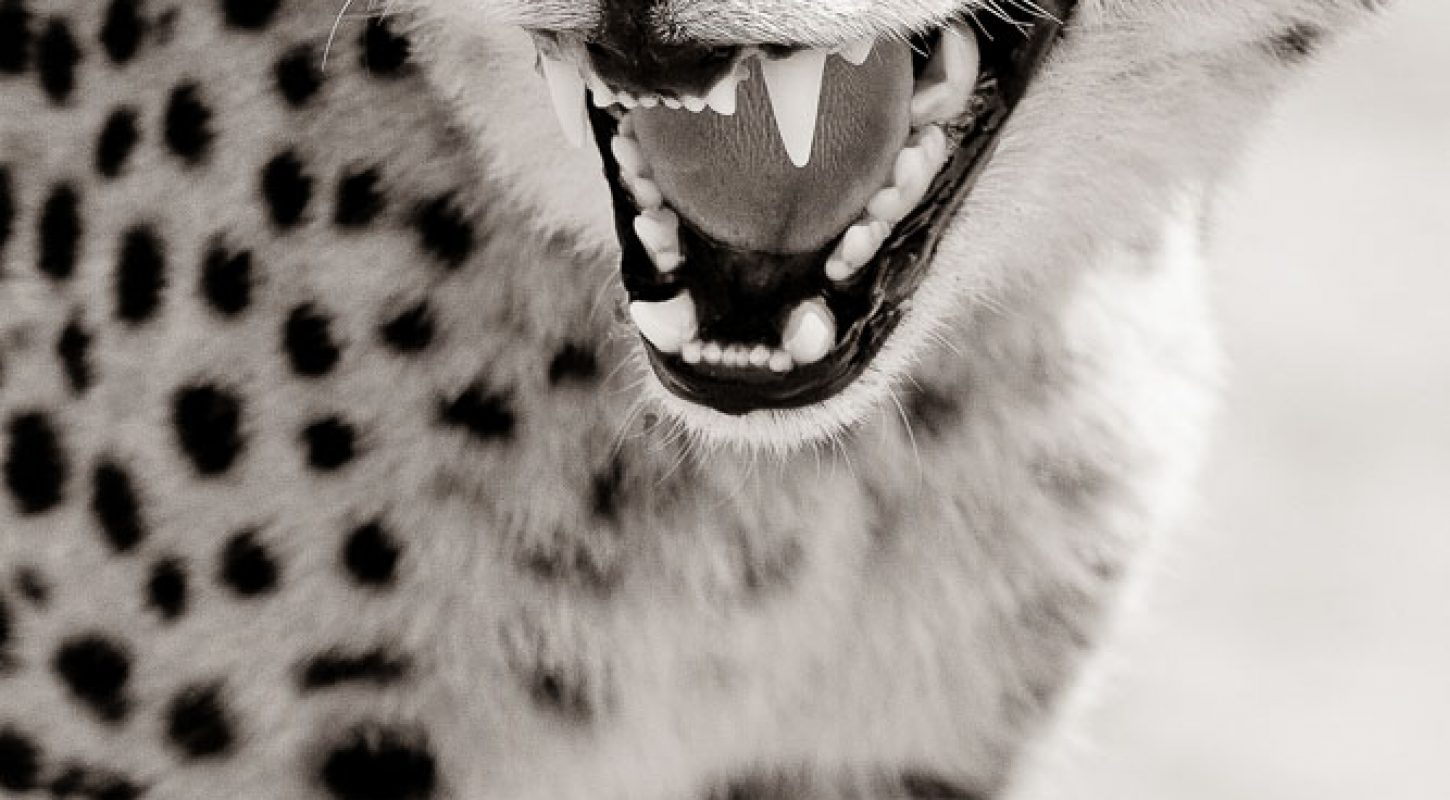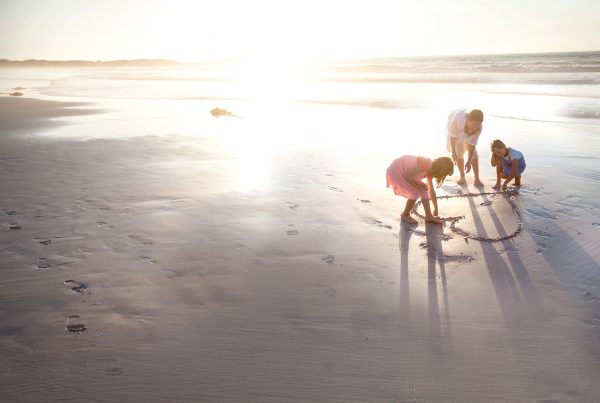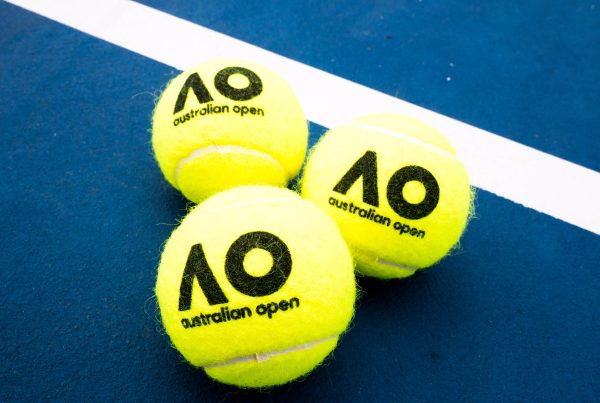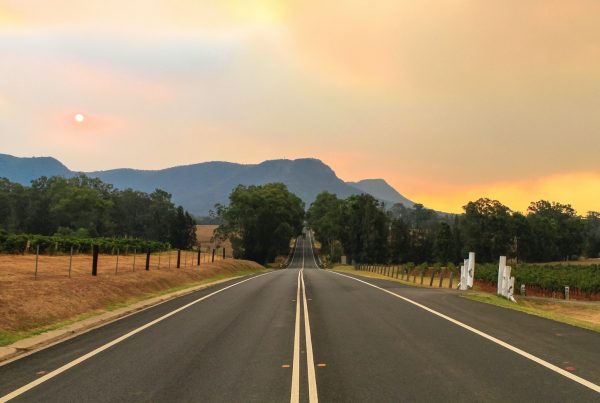One day Sam Clark realised her dream of escaping to Africa for the adventure of a lifetime. With camera in hand, what she didn’t count on was that her day job as a landscape photographer was about to change. She returned home to Australia as one of the best wildlife photographers on the planet along with a crusade as a keeper of the wild 123.
Tell us what inspired you to become a photographer specialising in wildlife?
As a creative and an animal lover it was the perfect combination, combined with my love for travel, outdoors and most certainly adventure. When I was very young, I wanted to become a wildlife photographer but never had the patience to sit in a hide or money for the big lenses. Over time, amongst other things I became a landscape photographer and pursued that for 10 years. Finally fulfilling my lifelong dream to go to Africa in 2009, that was it. I went as a landscapist and returned as a wildlife photographer. It’s just so me. I connect with the animals and have been told that it shows in my images. It fulfils many needs both creatively and spiritually. I haven’t taken a landscape image since (lol).
What are your tools of the trade (camera equipment)?
I currently use Canon equipment including a Canon 5D MkIII and MkII. My lenses include the Canon 100-400mm 4.5-5.6 ll, 70-200mm 2.8 ll, 24-105mm F4 and 100mm 2.8 Macro. For my computers, I use Apple of course.
What is it you think makes for a great wildlife shot?
I try to evoke emotion in my shots, to make the viewer feel compassion, empathy and love for our beautiful but sadly diminishing wildlife species. Waiting patiently for that moment, that expression, that look. I try to connect with my subject, be still and build trust. Yes, wildlife photography is certainly about patience. I do like simplicity within an image, often believing that less in more. Light in photography is key to a great image, so I prefer to shoot early and late – in the ‘golden’ light – although in Africa I often stay out all day as I don’t want to miss anything. Also, atmospheric conditions such as dust and mist can create a lot of emotion in an image, hence deeming it more powerful. I personally prefer to edit my images in mostly Black & White or Sepia as I believe the viewer focuses on the animals and its expression rather than being caught up in a myriad of colour. There are the occasional moments when colour speaks out though.
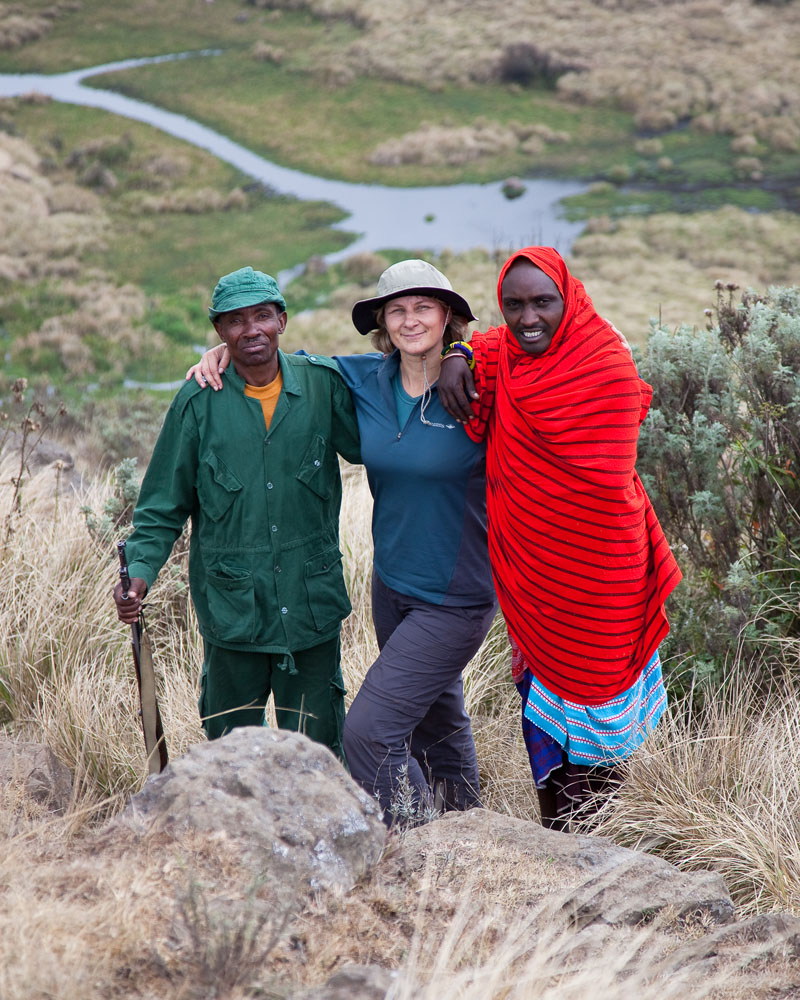
You’re obviously a campaigner for the protection of wildlife. Can you tell us a bit more about your mission?
I have always shown great compassion and deep respect for all animals, even as a child, so as a wildlife photographer, it was really a natural progression into conservation of wildlife. I have always believed that through my images, I can make a difference through bringing awareness to various topics, increase empathy for our wildlife and raise funding to on the ground organisations striving to make a difference. I also learned early on in my years as a lion conservationist that we really need to work with the locals living alongside many of today’s issues, and hence started my organisation Lions Bridge – united in spirit, in life; building bridges between conservation and humanity. I help many groups from Ex poacher groups, to my latest project of teaching the Maasai woman how to make Elephant Dung paper. Sourcing the poo means the Elephants become a commodity and therefore protected. It also helps with poverty reduction through income revenue from selling products made with the paper, which I also print on. Communities helping conservation, it’s a circle and it works. I have many other ideas for future projects including starting up a textile business for locals using my images. All of my safaris I lead to both Africa and Borneo also incorporate funding and awareness to on the ground organizations trying to protect our wildlife legacy.
Your photography goes hand in hand with travel experiences. Can you tell us where you’ve been throughout the world?
I have always had that travel bug, seeking new and exciting adventures; usually the wilder the better. Having said that, I have so much more to see. So far I have been to New Zealand, (my homeland) Australia, Malaysia, Singapore, Kenya, Tanzania, Rwanda, Uganda, South Africa, Hong Kong, Bangkok, and recently Borneo in Indonesia.
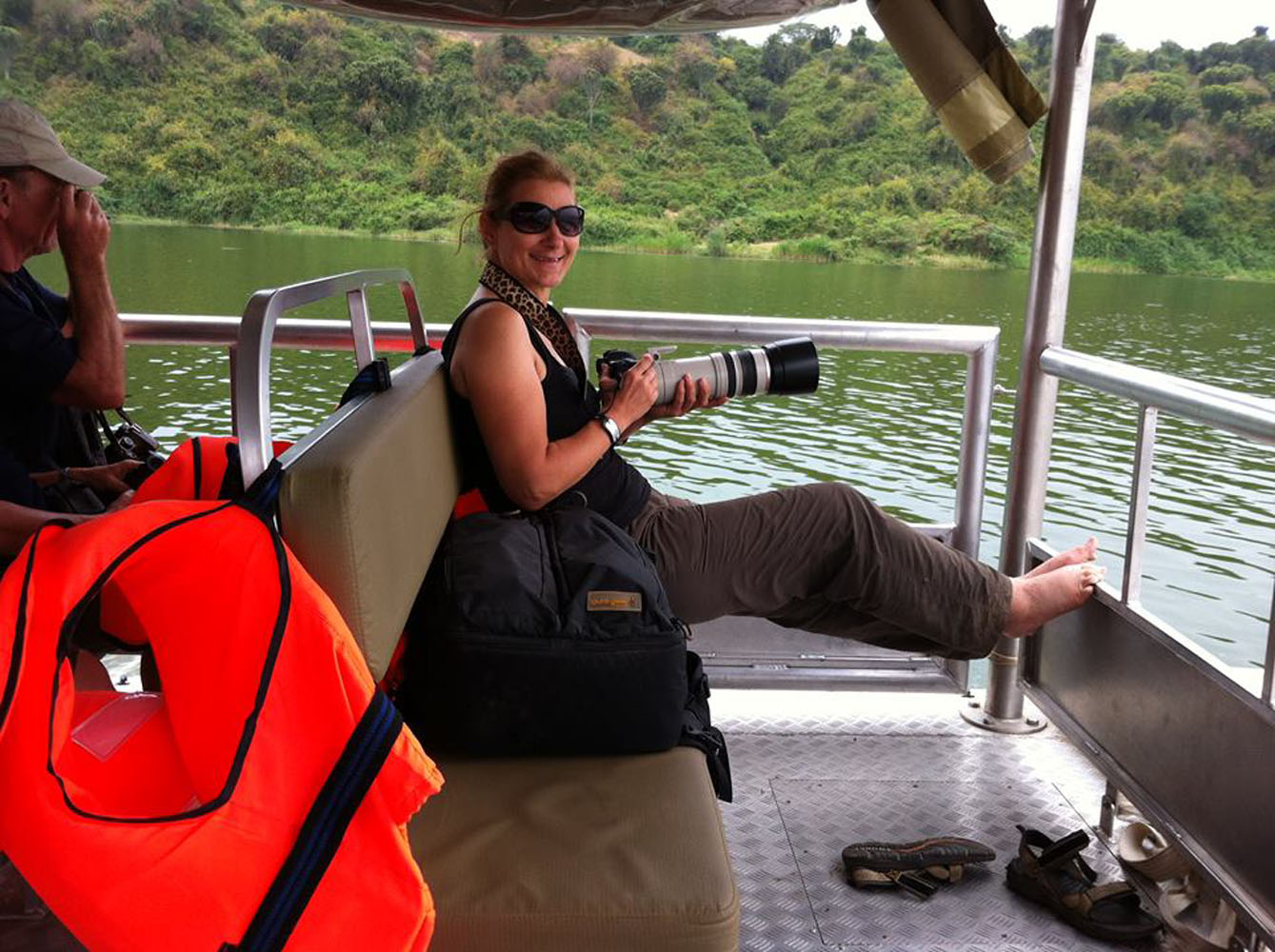
What’s been your favourite travel experience and most memorable wildlife photography moment?
Hmm, that’s a hard one and each location brings with it its own adventure and experience, however a great lover of lions and Gorillas, these would certainly be up there as incredible and humbling experiences. A couple of years ago I spent a few days with one pride of lions with seven cubs in the Maasai Mara in Kenya. Over those days, I felt like I was almost accepted as family. I witnessed special moments of bonding and play amongst the siblings and adults, which is always a real treat. The Mountain Gorillas I had wanted to see as a child but was always concerned that there wouldn’t be any left by the time I was old enough to travel. (Current census stands at 880 individuals remaining) I have now seen them in both Rwanda and Uganda on three occasions with number four trip this year. Spending time with these critically endangered Gorillas, who are so gentle, observant and inquisitive, is one of the most humbling experiences in my life. I find them to be very spiritual beings, old souls if you like. On my second trek, a female mock charged me, a plaything she often did, and pushed into my legs. I loved it. When a wild animal ‘chooses’ you, it is certainly a privilege. Chanting and dancing with Maasai warriors around the campfire would definitely be up there too as was my donkey trek with Maasai over a few days in Tanzania. I always find different cultures very fascinating.
- Website: samclarkphotography.wordpress.com
- Facebook: facebook.com/samclarkphotographer
- Facebook: facebook.com/lionsbridge3/
- Instagram: instagram.com/sam_clark_photography
The leaders in corporate travel management for flights, accommodation and car rental


